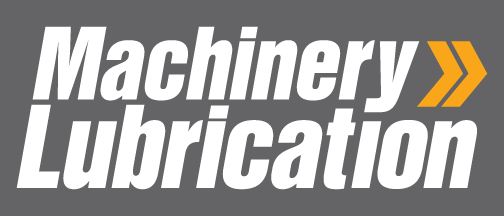Filter housings are available in various sizes and shapes. Housings can be stand-alone or be designed to fit into oil reservoirs. They may accommodate one or more elements. Items to consider when selecting the filter housing are:
Ease of access. One must be able to access the filter easily to change the element.
Porting options. Determine what thread type and size works best. Flange connections or straight threads may be a consideration to reduce leaks.
Housing size. The larger the housing, the larger the element, the less the pressure drop through the filter and the more area on the element to collect dirt. A good “rule of thumb” for housing size is to obtain at least a 2:1 ratio between the bypass valve setting and the pressure differential of the filter with a clean element installed. A 3:1 ratio would insure even higher element life.
Maximum pressure rating. Make sure the filter housing can take the highest system pressure. This is usually determined by the filter location.
The range of bypass valve types and setting. Again, determined by the filter location and type of element.
Indicator types and locations. Is a differential pressure gauge enough, or does the application require remote monitoring of the filter element condition? Suppliers offer a wide range of indicator options.
Housing Options. Review all housing options available from the manufacturer. Some offer drains on the filter bowl, magnets to pick up ferrous metal particles, etc. A good option for filters operating over temperature extremes or on equipment sitting idle for extended periods of cold weather is a thermal bypass, which allows colder, more viscous oil to bypass the filter element until the fluid has a chance to warm up. Review new housing styles being made available by suppliers.
Most filter housings have a bypass valve. The bypass valve is designed to prevent the collapse of an element or the restriction of the oil when the element is dirty or the oil viscosity is too high due to reduced temperatures. As the pressure drop across the filter element increases, this valve detects the pressure difference between the inlet and the outlet and at a preset pressure allows the oil to “bypass” the filter.
There are several bypass pressure settings available. Pay attention to what pressure the valve opens up at, and when it reaches full bypass condition. Also, make sure to match the filter element to its bypass setting. This will ensure you get the maximum life out of the element. In some instances, you may need to protect a critical component from specific contaminants. A good example of this is a hydraulic servo-valve that has fine tolerances between the spool and housing, as well as tiny orifices. This kind of component will not take any amount of contamination and a filter may need to be installed without a bypass to ensure this. For this type of application, make sure the element has a high collapse strength and can take the maximum of differential pressure the system could develop.
Consider the possibility of using duplex filter arrangements on equipment difficult to take down for service. This style of filter housing allows the flow to be redirected through a twin housing and element when the bypass setting on one is reached. The maintenance department can then change out the filter element at their convenience.








